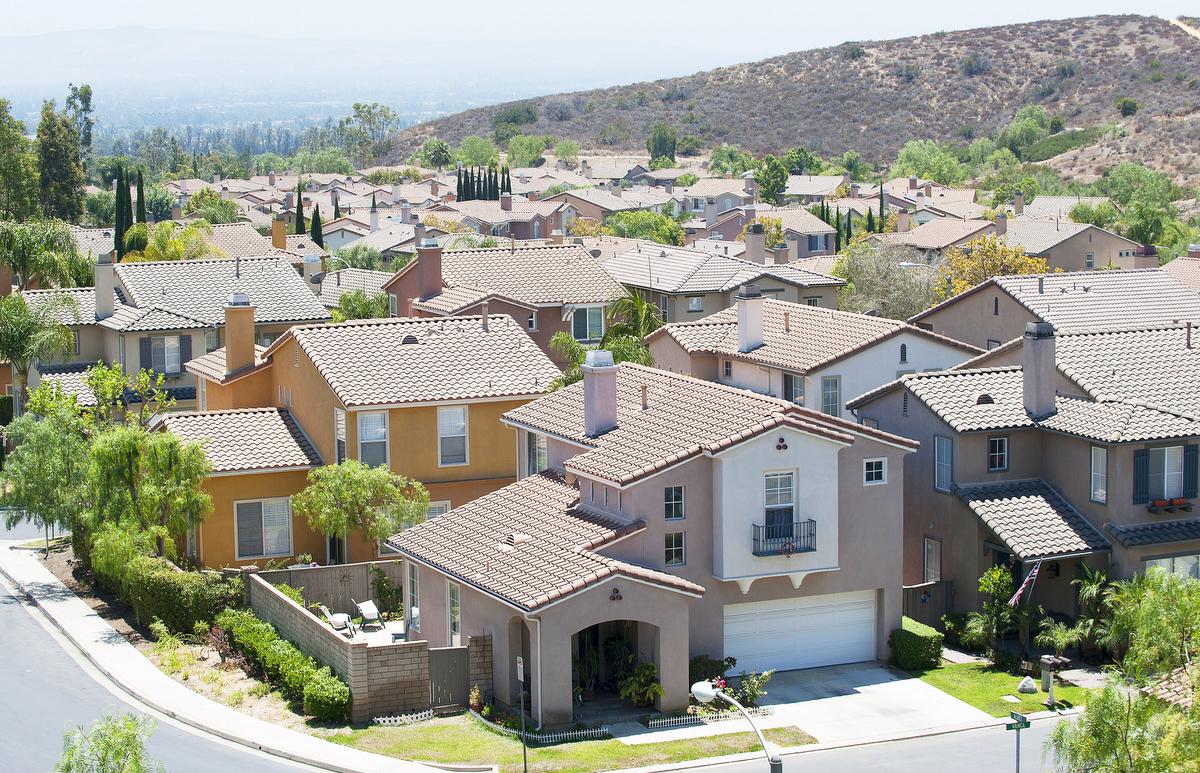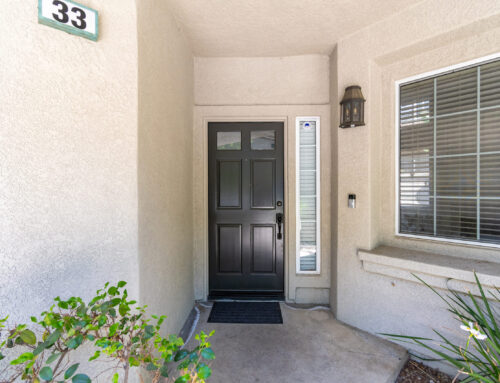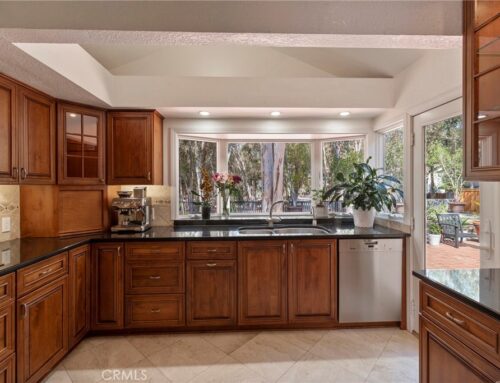California’s five-year run of rising home prices is expected to last another three to five years, with median house prices on track to beat the record highs set during the housing bubble, a Realtor economist said Thursday, Oct. 12.
The California Association of Realtors forecast home prices will increase an additional 4.2 percent in 2018, rising to $561,020. If the forecast proves accurate, that existing single-family home price will exceed the record high of $560,270 set in 2007. Prices, however, will remain well below pre-recession records when taking inflation into account.
Single-family home sales also are projected to increase in the state next year, but at a much more modest pace, the Realtor forecast said. CAR projected 426,200 houses will change hands, up 1 percent from this year’s level.
Overall, the gains in both house prices and sales are lower than in past years, perhaps signaling the California housing market’s “rate of acceleration has been slowing,” said CAR Chief Economist Leslie Appleton-Young.
Southern California home prices are expected to rise at roughly the same pace in 2018 and to match the statewide median, Appleton Young said.
The big mystery in the housing market, however, is why the pace of sales and price growth isn’t higher given that jobs and incomes have been rising. The answer lies in twin ills that have plagued the housing market for the past four years: Too few homes for sale and too few buyers able to afford those that are on the market at today’s prices.
“It’s so odd to look at this in an environment where you’ve seen such rapid job growth and income growth and low (mortgage interest) rates,” Appleton-Young said. “A lack of inventory and affordability … are really keeping a lid on the California housing market. We have fewer transactions … today than when we had 10 million fewer people living in California.”
Pulling out an old economics lesson, Appleton-Young noted that high home-price appreciation usually leads to “a supply response” — that is, more homeowners taking advantage of higher prices.
“We just haven’t seen that happening,” Appleton-Young said.
The reason, she said, is home sellers face possible consequences after big price gains. Not only do they lose their Prop. 13 tax advantages when they move, they also can face a capital gains tax on profits that exceed $250,000 for individuals and $500,000 for married couples.
Meanwhile, buyers are constrained as well, the economist noted. Rents have been rising so fast that few millennials can save up for a down payment to buy a home.
While half of Californians could afford the median-priced house when the market recovery started in 2012, only 26 percent will be able to afford a detached, single-family home next year, the forecast said.
A lack of homes for sale — due in part to underbuilding — has become the new norm, Appleton-Young said. But the scarcity is most pronounced for lower-priced, entry-level homes for first-time buyers.
“The low end is kind of disappearing,” she said. “It pushes people inland. It pushes people out of state.”
CAR also expects mortgage interest rates to rise slightly next year, but not enough to deter homebuyers. Rates for traditional 30-year, fixed mortgages are forecast to rise to 4.3 percent in 2018. That’s still low compared with historical averages but up from 4 percent this year and 3.6 percent in 2016.
If rates were to go much higher, “housing will be hit hard,” Appleton-Young said. She doesn’t expect that to occur, however. Instead, Appleton-Young expects home prices to continue rising for the next few years.
“I know that this cycle will not last forever,” Appleton-Young said. “I would guess we’ve got maybe three to five more years where things can eke out the kind of increases that we’ve seen over the past couple of years.”
—
Originally published on Realtor.com by JEFF COLLINS






